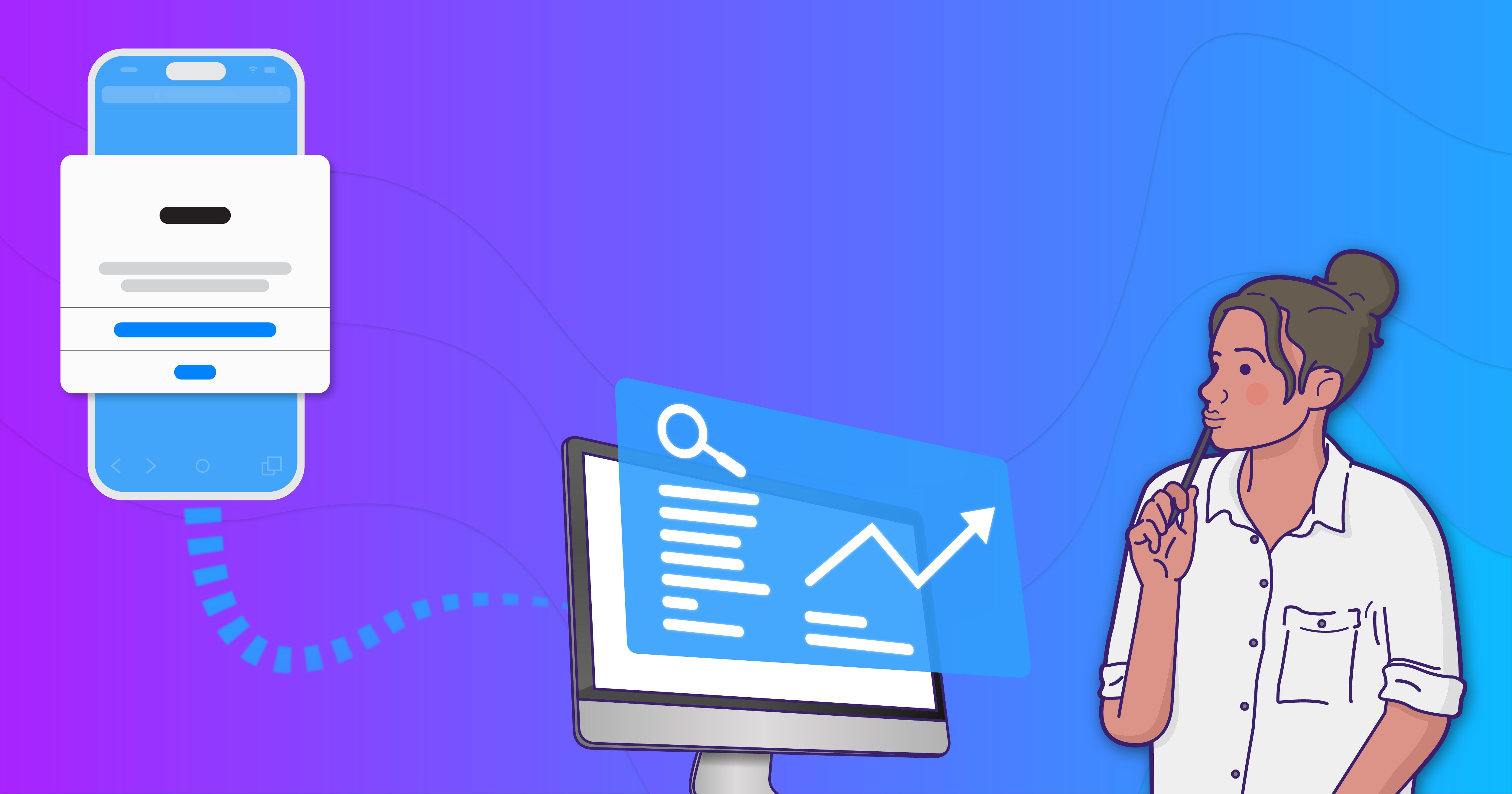At LifeStreet, we’ve been purchasing non-personalized traffic since the release of iOS10 back in 2016. Because many other demand-side-platforms and ad networks continued to rely on the IDFA (Identifier for Advertisers) until Apple’s enforcement of ATT in April 2021, this gave us a five-year head start to fine tune our machine learning (ML) models and debunk some common assumptions about IDFA-less traffic. What we’ve learned in the past six years has helped us to deliver the best performance possible without the IDFA.
1. Non-personalized traffic can be cost-effective
Before the release of iOS14, apps gave advertisers access to the IDFA by default and because using device IDs is the most accurate way to target and track iOS users, this inventory always demanded higher CPMs compared to non-personalized traffic. Early on, we recognized that despite not being able to track user-level behaviors, LAT (Limited Ad Tracking) users were still quality users. Because there was less competition for users who had enabled the LAT setting, we were able to acquire more of this inventory at a lower price point and drive enough unique events (e.g. installs) to train our models to accurately predict the value of an impression without the deceive identifier.
CPMs on non-personalized traffic are still substantially lower than for IDFA-measureable traffic, which means advertisers can continue to access quality inventory at a lower cost, making their campaigns more cost-effective.
2. Non-personalized traffic can perform equal to or better than traffic using the IDFA
Whether or not a user consents to sharing their IDFA, the same bidding models are used for campaigns across both types of inventory. Although an advertiser will no longer be able to target a non-consented user deterministically, they can rely on a wealth of alternative data points such as their location, device type, and information about the app environment to ensure they are reaching the desired audience with their campaigns.
When we’ve applied our models to non-personalized traffic, performance has been comparable to or in fact exceeded that of campaigns relying on IDFA tracking.
One of our clients ran two separate campaigns, dividing traffic and budget evenly between LAT and IDFA users. They saw a 53% increase in their Day 7 ROAS, with a 1.85x higher payer rate among global LAT traffic compared to the campaign targeting IDFA inventory.
Related Article: How machine learning boosts the power of non-personalized advertising
3. You can effectively reach your target audiences with contextual signals
With only about 25% of iOS users opting in to tracking, the ability to leverage contextual signals is a critical part of a successful in-app ad campaign. Programmatic platforms that did not solely rely on the device ID for their buying models pre-ATT have had more time to acquire more data and develop key contextual signals. This has allowed them to learn new patterns and behaviors, accurately predict post-install events, and ultimately acquire new users more effectively.
In addition to contextual signals, there are a seemingly endless number of non-identifying data points that can be connected to gain a better understanding of an impression opportunity and improve predictive accuracy. That is why we’ve been heavily investing in ways to produce new signals that we can use to train our models to help improve their predictive accuracy. In some cases, by adding more predictive contextual signals, we’ve seen up to a 30% reduction in CPIs.
4. It’s still possible to measure mobile advertising performance effectively
Without access to device IDs, it is impossible to deterministically track user activity across the app ecosystem. However, the same types of KPIs – IAP, retention, engagement – are tracked, just not at the user level. By working closely with your mobile measurement partner (MMP) advertisers can find ways to use anonymized attribution data that can be shared with their media partner for them to optimize against and drive ROAS.
5. Without the IDFA, your creative is key
The fundamentals of programmatic buying have not changed with the depreciation of the IDFA. A DSP still needs to access quality supply, accurately predict the value of each conversion, and convert impressions into customers. Up until this point, I’ve shared what we’ve learned post-ATT as it relates to bidding models. But having the most accurately predictive model isn’t what gets a user to take an action. It’s the creative that ultimately drives engagement.
Creative has become more important because it is one of the key elements of mobile advertising that advertisers have complete control over. To understand what is and isn’t working creatively, advertisers need to measure how users interact with their ads so they can pinpoint which new elements such as CTA language or button color, should be changed to improve user engagement.
For example, through iterative testing, we were able to apply new design elements that drove over a 50% lift in yield (conversions/impressions) compared to the previous best-performing ad and increased ROAS 3.7x. In another A/B creative test, when the “winning” design elements were applied, the campaign saw a 300%+ increase in the number of users purchasing in-app content. If you want to be successful in a post-IDFA world, you have to continuously experiment and test your creative assets.
